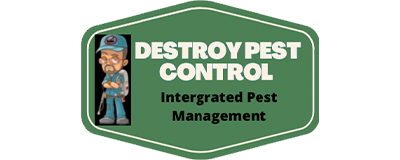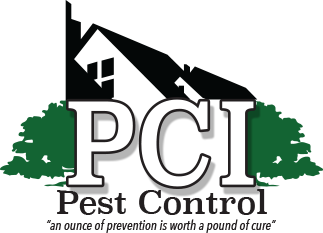Dampness
Practically all pests disapprove of losing water through their exoskeleton. Accordingly, many are found in spaces of high stickiness which encompass structures. Mulched growth and plant beds, under decks and patios, and among thick ground cover, for example, More Information , ivy is generally normal places that pests can be observed residing to hold legitimate dampness levels.
Food

Juvenile and by and large grown-up attacking pests feed basically on rotting natural matter, organisms, and microbes which are found in spaces of high dampness. Others are predacious and will be found in similar regions since this is the place where their prey reside.
Action periods. Numerous pests are fundamentally dynamic from nightfall until first light since this is the point at which the overall moistness noticeable all around is most elevated, which lessens their water misfortune. Subterranean insects which feed on plant amusements or honeydew are likewise dynamic during the daytime. Ground creepy crawlies and moths are normally drawn to lights around evening time.
Asset locales
High dampness, high natural matter-containing regions ordinarily work as rearing and populace generating regions. These regions are profoundly good for their endurance, and afterward, they enter structures when the region becomes overpopulated or potentially ecological conditions become excessively wet or excessively dry for their endurance.
What the mortgage holder ought to do
Avoidance and dampness control is critical. The goal is to eliminate conditions that are helpful for pests to establish a threatening or dry climate quickly around the structure, to decrease different elements which draw in pests to the structure, and to genuinely forestall pest passage.
- Decrease or eliminate high-dampness harborage
- Grass
- Keep the grass cut off and downplay the cover development.
- Mulch
It’s ideal in case this is kept to a base thickness (2″ or less) and that cypress or other mulch that is impervious to rot is utilized.
There ought to be a hole of 12-18″ between the mulch and establishment, with a boundary of rock to diminish pest pressure.
Leaves and other trash
All trash ought to be eliminated from around the foundation of the structure to forestall development and a positive living territory.
Kindling ought to be piled up off the ground, the top cover, and be found 10 ft or all the more away from the structure.
Establish an unfriendly or dry climate close to the structure.
Grade of part
The dirt should drop or diminish from the establishment divider to move downpour away from the establishment.
Vegetation hole
Make no less than a one-foot hole between the establishment and vegetation to permit air to circulate, which decreases dampness. For business structures, this hole ought to be essentially 18″ wide and cleared with rock, blacktop, or concrete. This air hole will likewise drag out the existence of the brickwork and any siding.
Trees and bushes
There should be holes between the trees and bushes which permit daylight to arrive at the ground. Likewise, no tree limbs should overhang the structure. Creepy crawlies and rodents utilize these as a thruway onto the top of designs.
Decrease fascination factors
Blossoming plants
Try not to establish blossoming trees and blooming bushes near homes. They are exceptionally alluring to a wide assortment of bugs and will make your home more probable for the attack.
Drains and downspouts
These ought to be practical and in decent shape. They should purge away from the structure to lessen dampness develop, pest fascination, and conceivable wood rot. The further the water can be conveyed, the better.

